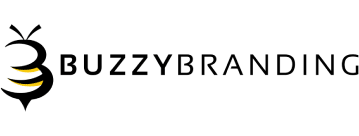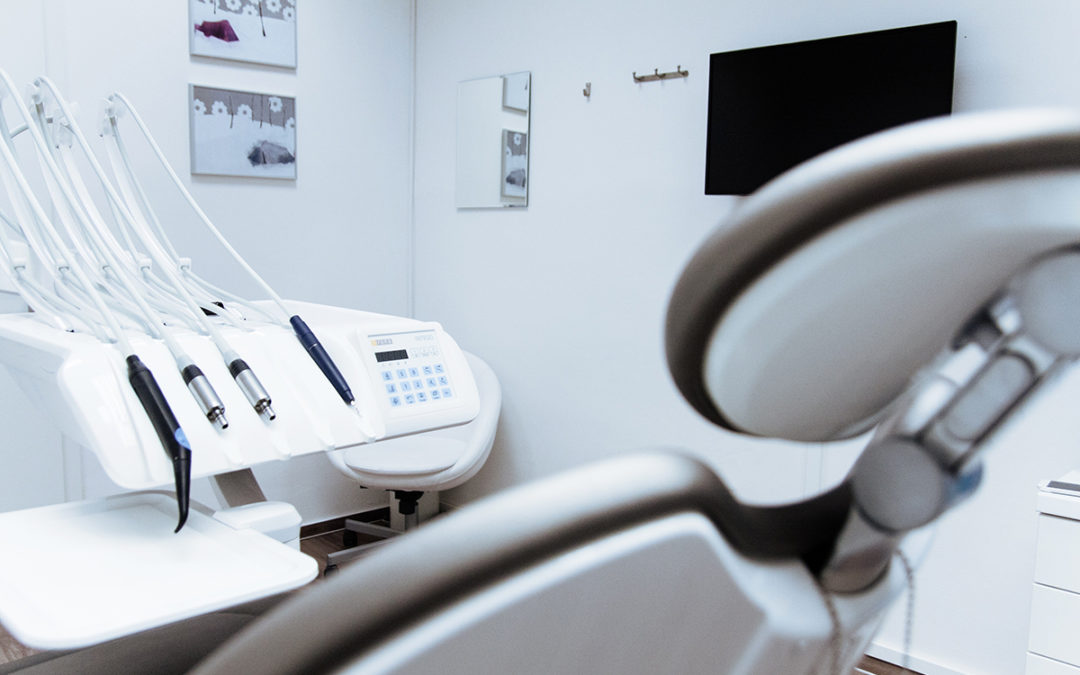Dentists and dental hygienists across the country are wrestling with changing regulations and a pandemic of fear as practices resume operations in a COVID-19 era.
For dental professionals, the Coronavirus pandemic means a marked change in infection prevention and control (IPAC), which requires an expansion of risk management practices, including the use of personal protective equipment (PPE).
In a recent webinar hosted by Tamir Wolfson, CEO of Buzzy Branding, dentists and hygienists came together to share perspectives on the changing landscape and the challenges they’re facing around new regulations, patient screening, physical distancing and securing appropriate personal protective equipment (PPE) to keep themselves, staff and patients safe.
The provincial regulatory bodies overseeing dentists and hygienists have issued updated practice guidelines to mitigate risk and liability in the current environment. For example, in Ontario, dental offices must meet updated safety guidelines issued by the Royal College of Dental Surgeons of Ontario before they can reopen.
Dr. Sam Mazahreh, the owner of Oakville-based Dentalook, re-opened his Saskatchewan office for regular appointments on May 4 and says there’s a high level of apprehension among staff and patients. Dr. Mazahreh pointed to a recent article in the New York Times showing that pandemics have two types of endings: the medical, which happens when the incidence of infection and death rates fall, and the social when the epidemic of fear about the disease fades.
Safety considerations are also top of mind with hygienists across the country, says Ondina Love, CEO of the Canadian Dental Hygienists Association. In a recent survey of its members, more than two-thirds expressed concerns about their personal safety while practising during the pandemic.
One of the significant challenges around compliance are the different sets of guidelines some provincial regulatory bodies have imposed for dentists and hygienists, making it difficult for professionals to practice in a unified way, says Dr. Bobby Chagger, owner of Chagger Dental in Oakville, Ont..
Another hurdle is keeping up with the rapid pace of change around regulations, which continue to evolve as new evidence becomes available. For example, the Alberta Dental Association and College has issued the third version of its guidelines for members, even though dentists in that province have only been reopened for regular practice since May 14.
Dental professionals also said there are troublesome questions around procuring appropriate PPE, given the industry doesn’t have the same purchasing power as other health care professionals.
Because the quality of PPE can differ significantly among manufacturers, in some cases, dentists are purchasing directly from pharmacies or other colleagues to ensure they’re getting the highest-quality products, says Dr. Michael Le, owner of Richmond West Dental in Toronto.
Concerns around the “burn rate” of PPE are also prevalent in provinces such as Saskatchewan, where regulations require dentists and hygienists wear N95 masks and face shields, and that patients must also be draped, says Christine Hostetter Russell, director of business development of Dentalook.
Despite all the uncertainty, there is a path forward if professionals adopt a compliance mindset and a staged approach for the workflow. There also needs to be ongoing communication with staff and patients, says Dr. Lionel Lenkinski, executive director of the Canadian Dental Protective Association and Endodontic Speciality Group in Etobicoke, Ont.
To access the webinar, please go this link: https://www.buzzybranding.com/dental/

